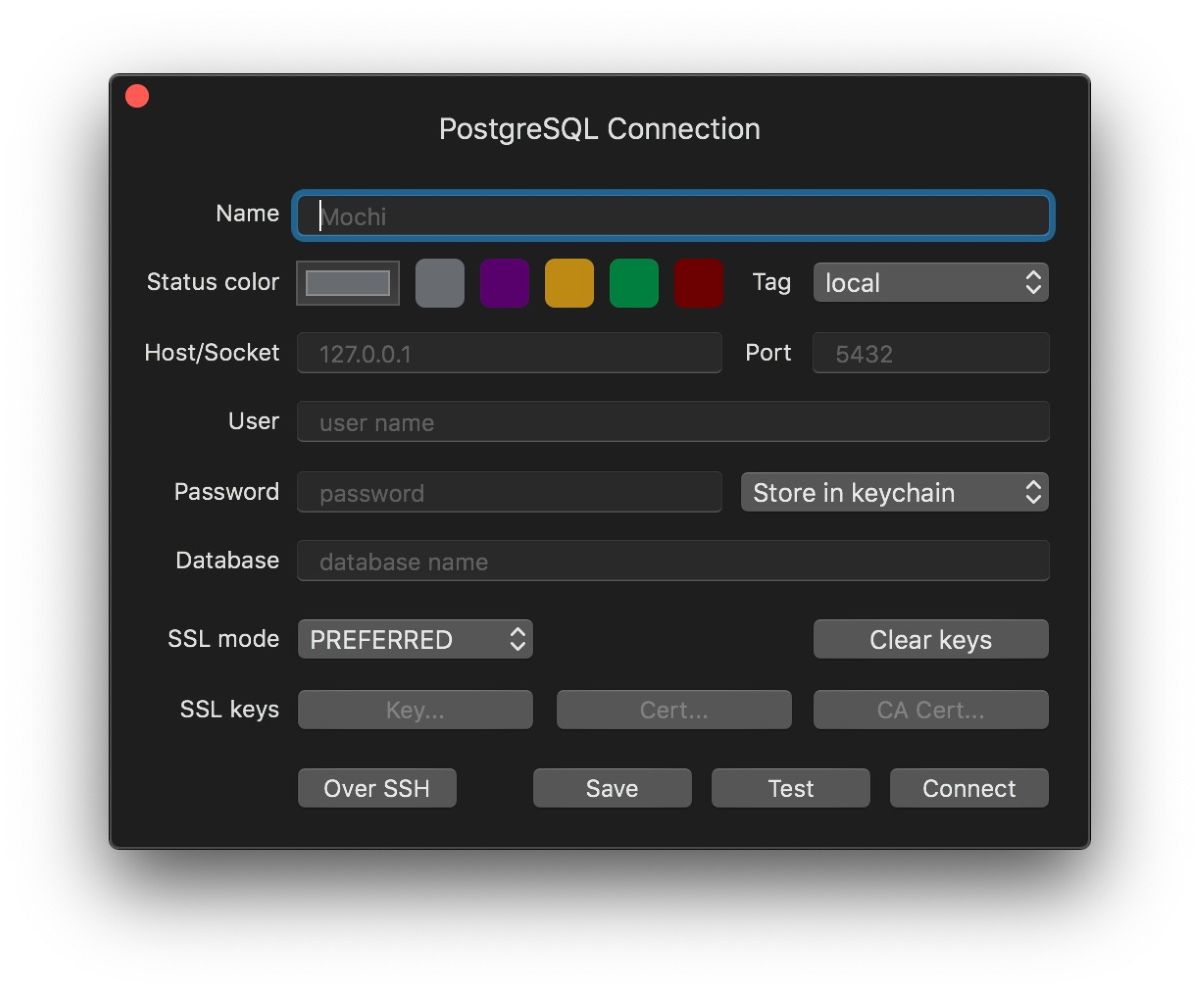

When you label each cell with the HTML 4 table mode, the non-visual user agents can communicate the information to the user more easily. Table cells contain the header information and/or data and they can span multiple columns and rows. In addition to that, column properties may be declared at the start of the table definition using the COLGROUP and COL elements. If you want to provide more structural information, you can also group columns. When we print the long HTML tables, the head and foot information is usually displayed on each page containing the table. User agents may exploit the head/body/foot division to support scrolling of body sections independently of the head and foot sections. Table rows may be grouped into a head, foot, and body sections, (via the THEAD, TFOOT and TBODY elements). Sometimes, a more detailed description is provided via the summary attribute for the benefit of people using speech or Braille-based user agents. HTML tables usually come with a short description of their purpose. In cases like that, screen readers don’t always work as you’d want them to. With the tables in HTML, the order of how the site is presented is determined by visual choices instead of the accessibility choices. One part of accessibility is screen readers which read tables from top to bottom, left to right. The general rule is that the websites should be accessible.

The thing is that table elements semantically describe tabular data and using them for other purposes is a breach of semantic duty. There are also some other inappropriate CSS table uses that should be avoided if possible.įor example, you should never use tables for layout. While some data looks great in tables, there are things that shouldn’t be arranged that way simply because it wouldn’t make any sense. Tables semantically indicate tabular data and they are the best choice for displaying data of this kind. There is a chance you have heard that the tables were unsemantic. An HTML table is a great way to display things such as financial data, calendars, pricing, feature comparison, the nutrition facts information panel, bowling scores, and many other tabular data. When to Use TablesĪ table in HTML makes a lot of sense when you want to organize data that would look best in a spreadsheet. The HTML table is used for arranging data (such as text, images, links etc.) into the tabular design - basically, rows and columns.
Tableplus jump to end of table how to#
So how to make a table in HTML? When to use it and why? What are good HTML table examples? Today, we are going to answer these questions and more to help you understand everything there is to know about HTML tables. They consist of rows and columns and are often used on websites for the effective displaying of tabular data. HTML tables are used for displaying data that make sense in spreadsheet software. So much that we wrote this lengthy article about them to help out those of you who are beginners and want to learn about HTML tables. Judging by the fact that we created wpDataTables, it’s no secret that we like tables. By Alexander Gilmanov HTML Tables: All there is to know about them


 0 kommentar(er)
0 kommentar(er)
